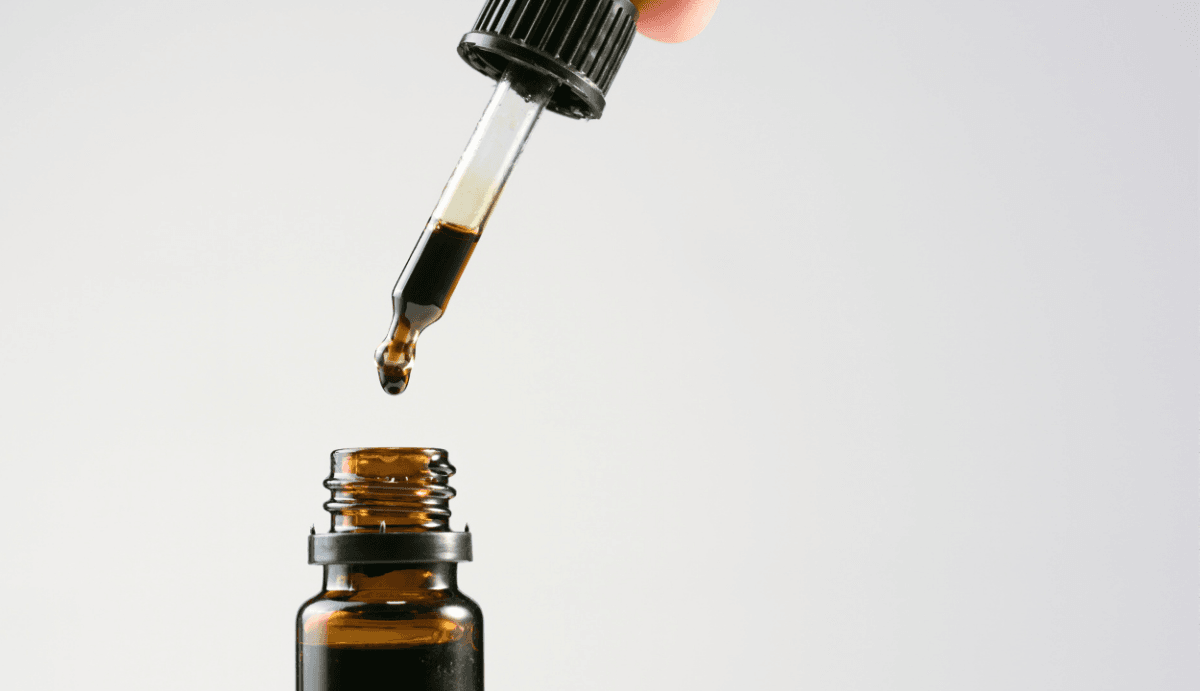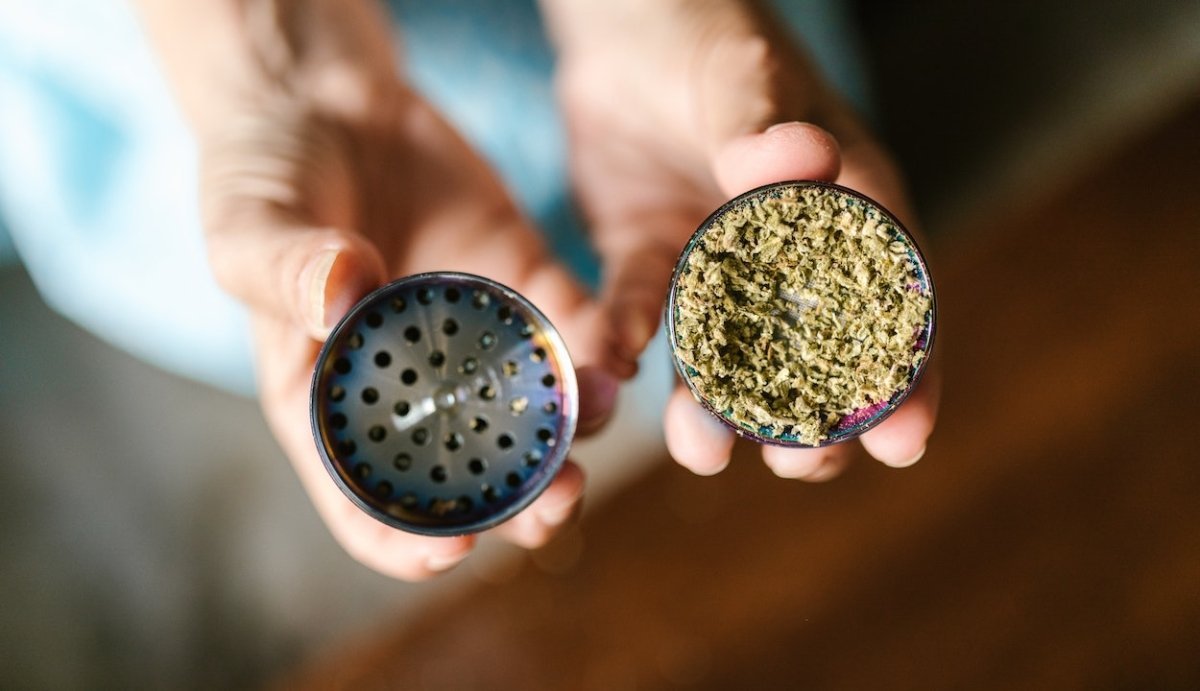Your Cart is Empty
FREE SHIPPING ON ALL ORDERS $75+
Delta-11 is coming to light as one of the most potent hemp-derived THC isomers on the market, and experienced cannabis consumers are more than thrilled, especially since it’s legal in more than half of U.S. states. However, as many are finding out, Delta-11 contributes to cross tolerance with other THC products. In other words, even if you've never used Delta-11 before, you may have a tolerance to it.
The solution? Delta-11-THC tolerance breaks can help lower your tolerance so that you can get back to the THC lift you love. Taking a tolerance break is easier than you think. Let us break it down.
Table of Contents
What is Delta-11?
Can You Build a Tolerance to Delta-11?
What is a Delta-11 Tolerance Break?
How Long Should You Make Your Delta-11-THC Tolerance Break?
5 Delta-11 Tolerance Break Tips
What to Do After a Delta-11-THC Tolerance Break
Resources
Delta-11-THC is a hemp isomer that's made similarly to other hemp THC isomers via an isomerization process that starts with natural CBD extract. Because it's derived from hemp and contains less than 0.3% Delta-9-THC, it falls under the umbrella of federally legal hemp products.

It does, however, have potent psychoactive effects that are thought to be nearly three times stronger than traditional THC products.
Delta-11 can be naturally found in hemp, but it's usually only found in low concentrations. This is why it needs to be synthesized from CBD in order to make Delta-8 extract in usable amounts. Synthesized Delta-11 and naturally sourced Delta-11 are identical, and Delta-11 is not anything like the dangerous synthetic cannabinoids found on the street market.
We don't know much about Delta-11. In fact, only two studies currently exist to help us understand the cannabinoid at all, and most of what we do know just reflects how it may be metabolized by different species. Instead, we have to rely on what we know about its molecular structure compared to other, more common THC products, as well as anecdotal reports.
Before we discuss how to take a tolerance break from Delta-11, let's discuss tolerance in general. Obviously, you can build a tolerance to Delta-11, or we’d never be discussing tolerance breaks to begin with.
But how does it happen?
We don’t have a lot of information about Delta-11-THC tolerance, but we do know a bit about how the body builds a tolerance to Delta-9, the traditional form of THC found in marijuana products. Since most hemp THC isomers and Delta-9 are nearly identical, it’s probably safe to assume that the biological process is similar.
Frequent Delta-9-THC use can lead to over-stimulation in the brain’s neural pathways. The body reacts by reducing the number of CB1 receptors in the body. Less CB1 receptors means less receptor sites that can absorb THC, which means reduced effects after using THC products.
Fortunately, the body can produce more CB1 receptors to help regulate endocannabinoid system levels over time when exposure to THC is reduced. Some evidence even suggests that CBD may help to increase the number of receptors in the Endocannabinoid System, which is one of the reasons why CBD is not thought to be tolerance building.
So, what do you do if you’ve found yourself in that predicament? You take a tolerance break.
A tolerance break is exactly what it sounds like—a break from THC use in order to lower your overall tolerance, which could also be described as your “sensitivity” to THC, including Delta-11-THC.
You'll know that a tolerance break is needed when you need to intake more Delta-11 to feel the same effects as usual.
In order to combat your increased tolerance, you’ll need to abstain from Delta-11 use altogether for a certain period of time. People commonly use this method to help decrease their tolerance to Delta-9, which can help the user reap more proficient medicinal and recreational effects when they begin using THC products again.
In some cases, tolerance breaks are difficult, especially for those that rely on the therapeutic benefits of THC products. People use various techniques to take tolerance breaks, like using an alternate product, slowing lowering the Delta-11 dose over time, or quitting cold turkey for a period of time.
It is a misconception that you need to refrain from THC use long enough for all traces of THC to be removed from the body’s fat storage (like you have to do before you can pass a hemp THC drug test) in order to lower your tolerance. You simply need to allow the body time to regenerate CB1 receptors and balance the Endocannabinoid System.
The length of time you need to abstain from THC products will vary based on personal factors, like your weight and metabolism and how much THC you were ingesting before your break.
In general, you will need to take a longer THC break if you use THC more frequently, and short tolerance breaks may work well for infrequent THC consumers. Unfortunately, there isn’t much evidence to help us understand how long it takes for the body to regulate the CB1 receptor level after you quit ingesting THC.
A tolerance break will usually range from a few days to a month or more. Most commonly, people need to abstain for two to four weeks, closer to four if they previously used moderate to large doses of Delta-11-THC everyday.
For those who intake small, infrequent amounts of Delta-11-THC, a few days may be enough to help reset the balance.
Ready to start your Delta-11-THC tolerance break? Here are some tips to help you be successful:
When your tolerance break is over, start with very small doses of Delta-11 to see how much you need to take. Always stick to a minimum dose to help avoid re-building your tolerance in the future.
Tolerance breaks are difficult, but once you’ve reset your endocannabinoid balance there are a few things you can do to help avoid re-building a high tolerance in the future. Follow these tips for the best possible experience reintroducing Delta-11 after a T-break:
Looking for hemp-derived THC? Check out our full THC Collection.

Comments will be approved before showing up.



